ASRock Rack ROMED4ID-2T Testing
This is not a performance review of this motherboard nor of the EPYC processors. Indeed, while the ROMED4ID-2T was in my possession I was using a lowly 8-core EPYC ‘Rome’ 7262 CPU for my testing. One key use case for a motherboard like this is getting EPYC platform features in a small space. A great example of this is to provide an alternative to the single-socket lower-end Xeon W-1200/W-1300 and Xeon E-2200 lines. We will also note that several of the EPYC 7002 Rome SKUs are optimized for 4-channel memory only:
Patrick did verify compatibility with an EPYC ‘Milan’ 7443 CPU before he even sent the board my way. With that said, there are performance implications of running EPYC systems with only 4 of their available 8 memory channels available and we do have some performance graphs related to that.
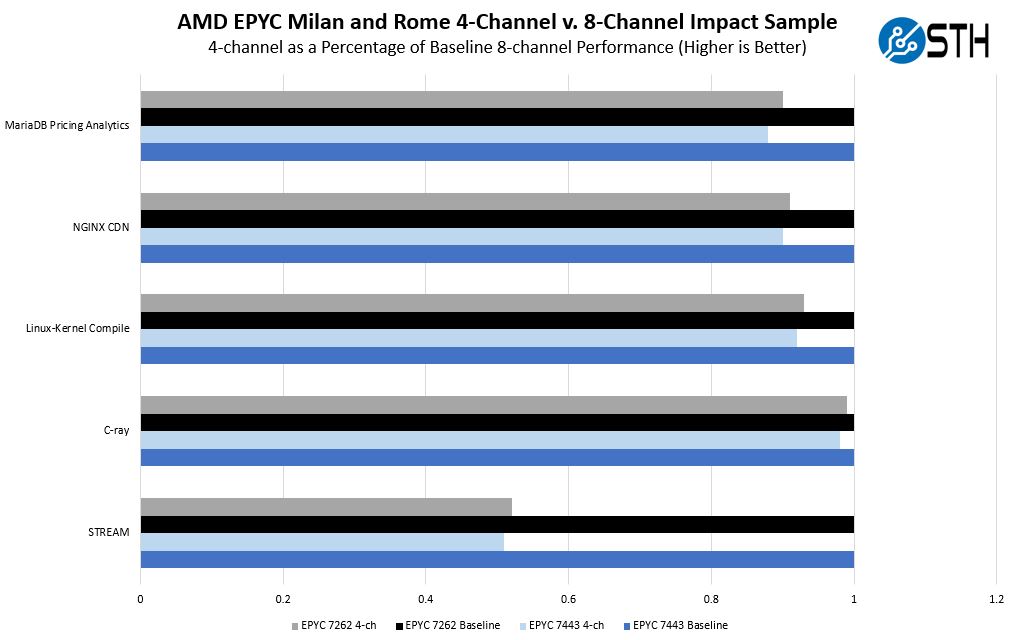
This is a fairly sensitive subject. For most 8-channel optimized SKUs, running with half memory channels is very workload-specific. If a workload is memory-bound and a benchmark like STREAM is used, then we can see a 50% drop in performance. Most workloads, however, are nowhere near perfectly sensitive to the lower memory bandwidth and so we frequently see 0-15% lower performance.
Power Consumption
I did some minor power consumption testing, mostly trying to gauge the idle consumption since load consumption would mostly depend on the CPU you put into the system.
My test configuration for power measurements was the following:
- Motherboard: ASRock Rack ROMED4ID-2T
- CPU: AMD EPYC 7262
- Memory: 4x 16GB DDR4 ECC Registered
- SSD: Samsung 970 EVO Plus 250GB
Testing occurred on 120V power using a basic Kill-A-Watt meter. The system is powered by a consumer-grade 80Plus Bronze power supply similar to what is found in many low-power short-depth server chassis.
- Idle Power: 47W
- Load Power: 137W
These numbers are entirely reasonable given the light component load on the system.
Final Words
Much like the previous niche ASRock Rack products I have reviewed, the ROMED4ID-2T seems to be a solution in search of a problem. In this case, I can easily envision some options for deployment though. With support for 256GB LRDIMMs and up to 64-core CPUs in a tiny form factor, users can build some truly tiny powerhouses. Alternatively, having a lower-cost and lower-power EPYC in a small platform like this for all of the PCIe connectivity can be a big step-up from the entry-level Xeons that often come in mITX form factors.
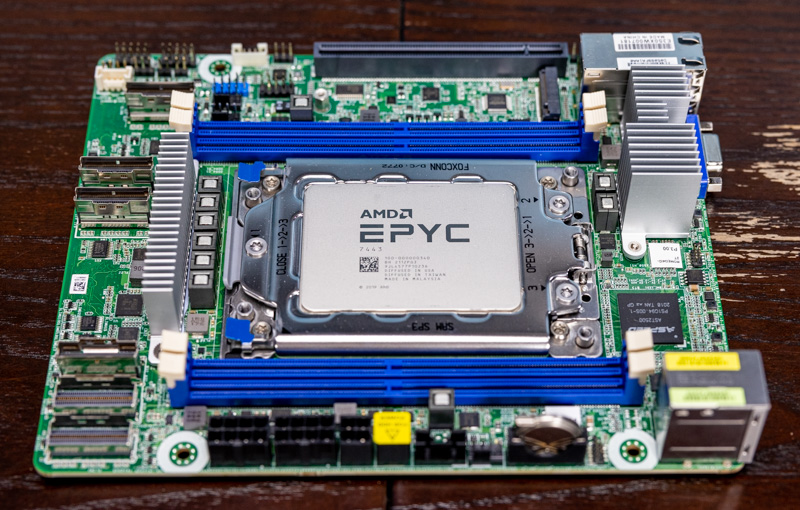
As an example, putting something like this at the heart of a multi-tiered storage array seems like an obvious move, with plenty of high-speed NVMe connectivity for I/O intensive flash as well as a good amount of SATA connectivity for lower-tier storage. Or perhaps you simply need a large number of cores and a good amount of memory in a tiny package for any number of reasons.
The ASRock ROMED4ID-2T is available on Newegg for approximately $530. While that price represents a small premium over ATX sized EPYC boards, it is still within the realm of ‘normal’ pricing for an EPYC motherboard, regardless of size. At the end of the day, the ASRock ROMED4ID-2T is a competently built motherboard that crams a ton of functionality into a tiny package. If tiny EPYC is what you are looking for, then the ROMED4ID-2T will not disappoint.

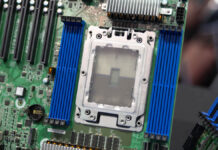
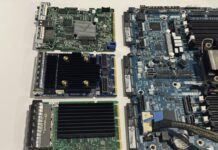
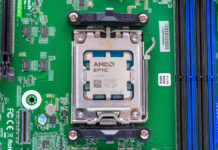
Hello,
Asus use the same BMC on this Server ASUS ESC4000A-E10 is also slow and buggy.
ASMB9-iKVM
ESC4000A-E10
Firmware Version: 2.03.1
Firmware Build Time: Mar 19 2021
BIOS MB Model: ESC4000A-E10
BIOS Version: 0101
BIOS Build Time: 03/18/2021
Imagine if we just drop PCIe slots outright in favour of slimline connectors. How much smaller GPUs could be, how much smaller AICs could be. How much smaller the machine could be. How much better that thermal management could be.
That said, the two low profile slimline connectors make no sense. They should be regular height.
“Or perhaps you simply need a large number of cores and a good amount of memory in a tiny package for any number of reasons.”
There is indeed the ongoing DAN C4-SFX case project, with a goal of using the ROMED4ID-2T in an SFF build. Might have been worth mentioning or even acquiring a preproduction sample for the STH review.
Hello!
Before Epyc Milan was released it was noted on the webpage of asrockrack.com that this board does 7001 and 7002 epycs. So I would expect that it still is able to run the 7001 Naples generation. Could you, please, test it, if you have the board still?
Thanks
Would this fit in a Silverstone DS380 case?
Does anyone know where to find a Slimline SAS 8i to dual U.2 cables?
Anyone know where you can order this motherboard? It has been out of stock for a while.
I found one SlimSAS 8i low profile cable, but both ends are the same…
https://www.amazon.com/dp/B08X63QMWK
I’m trying to used an Icy Dock ToughArmor MB699VP-B V1 with this board but Icy dock support is telling me it might not work due to incorrect pin out on the SlimSAS connector. I might need to upgrade to the V2 or V3 of the dock. At over $400 for the nvme docks that sucks.
Digging up the dead here. What cases/enclosures support this proprietary deep mitx board??
I’m using a A24 v5 with a deep mini itx board, in 5 litres volume.
The downside is that you’ll need to use a desktop 12V power supply, which don’t tend to go much higher than 300W. Quiet because fanless, but forget about running very high TDP CPUs or power hungry GPU.